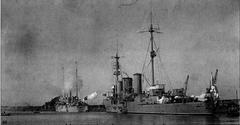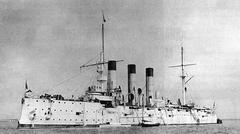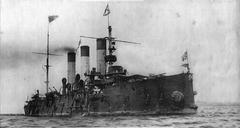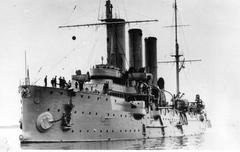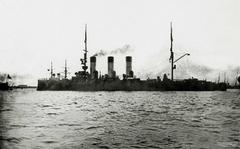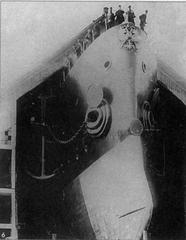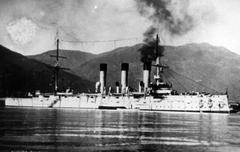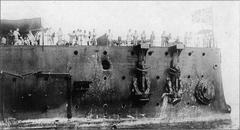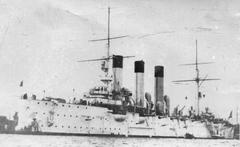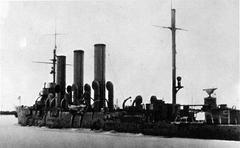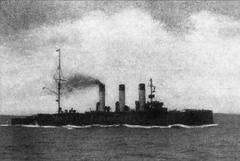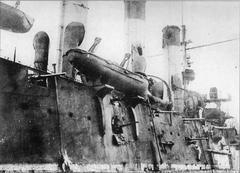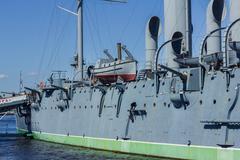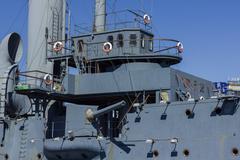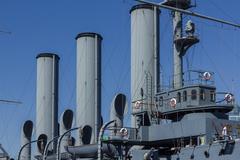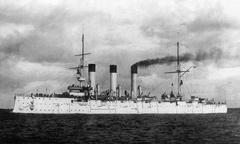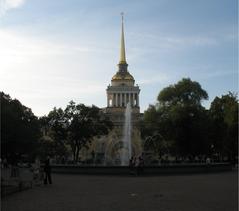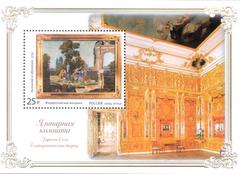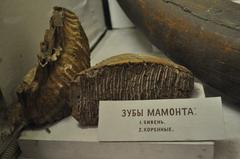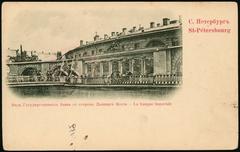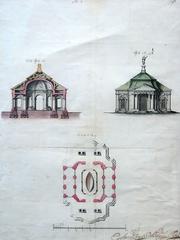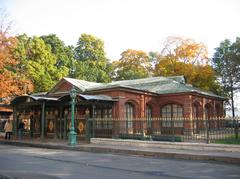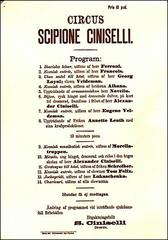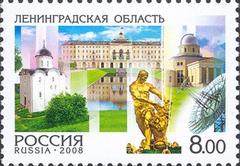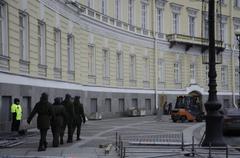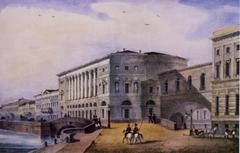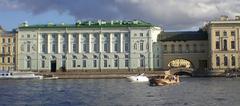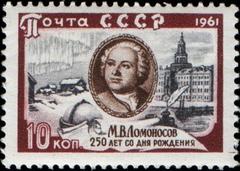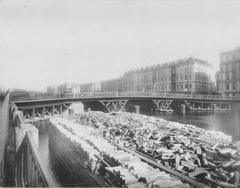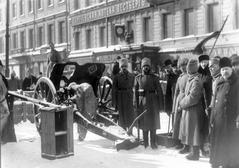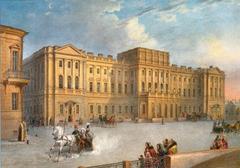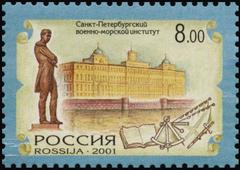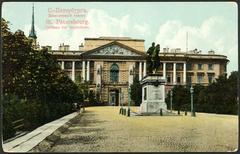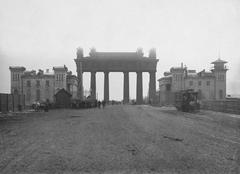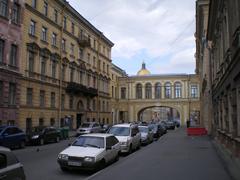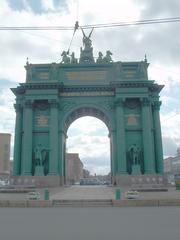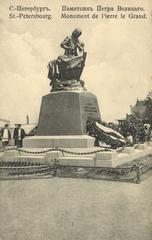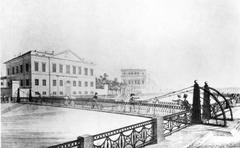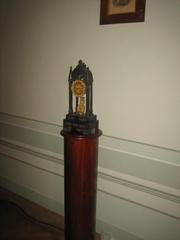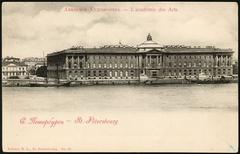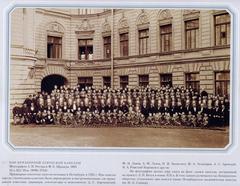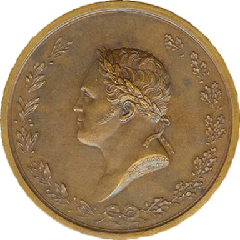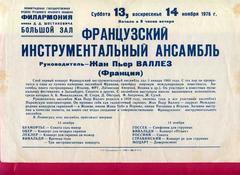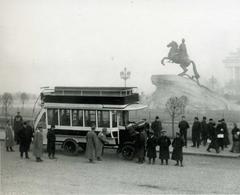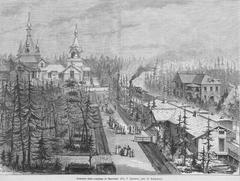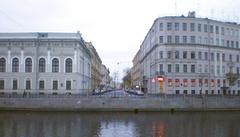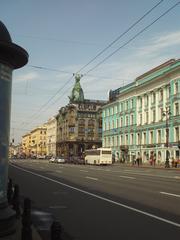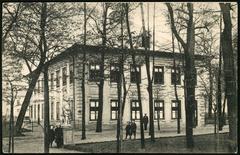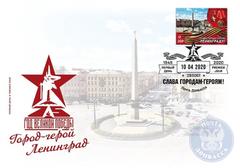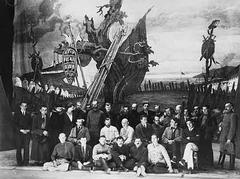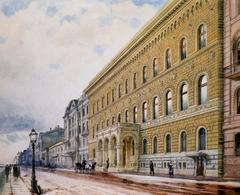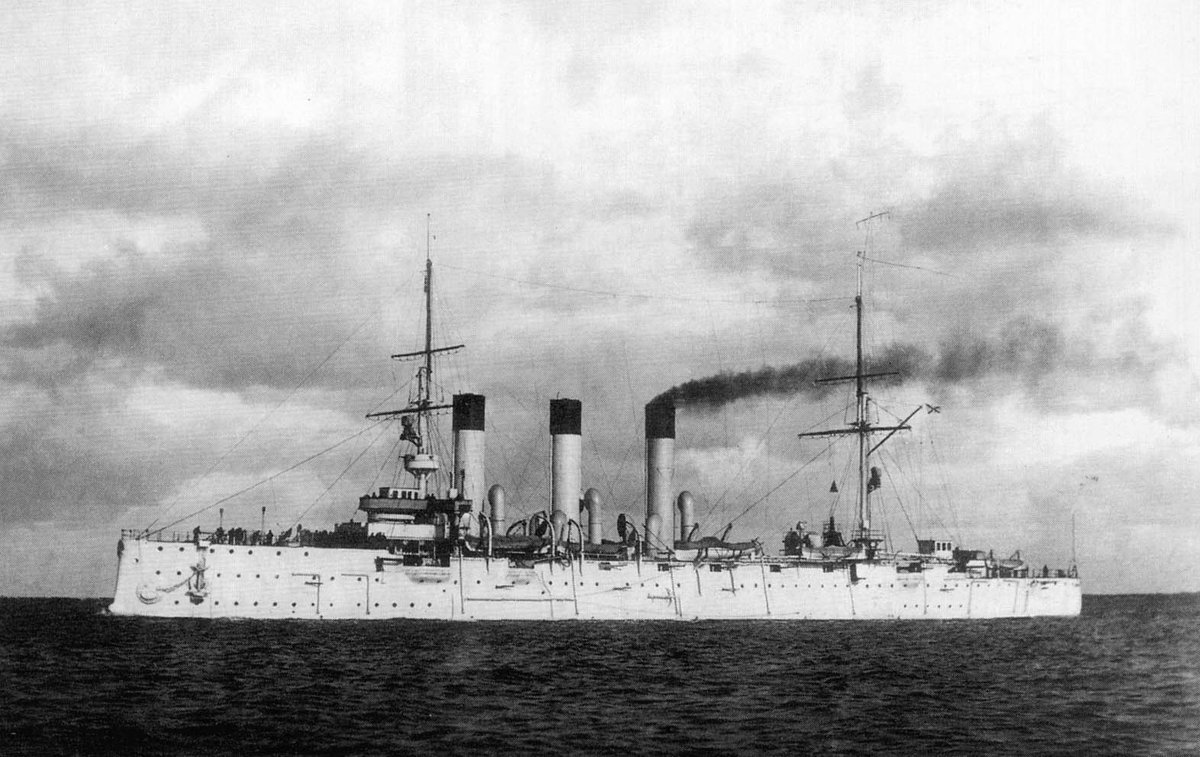
Here is the edited and consolidated article:
Comprehensive Guide to Visiting Cruiser Aurora, Saint Petersburg, Russia
Date: 17/07/2024
Introduction
The Cruiser Aurora (крейсер Аврора) is a historic naval vessel that holds significant importance in Russian history. Permanently moored on the Neva River in Saint Petersburg, this iconic ship has transformed into one of the city’s most visited tourist attractions. Built in the late 19th century and launched in 1900, the Aurora is a Pallada-class protected cruiser designed for long-range operations. The ship played a critical role in the Russo-Japanese War and World War I, but it is most famously known for its involvement in the October Revolution of 1917. A blank shot fired from its forecastle gun marked the beginning of the Bolshevik assault on the Winter Palace, a pivotal moment in the Russian Revolution. Today, the Aurora serves as a museum ship, offering visitors a tangible connection to Russia’s naval and revolutionary history. This comprehensive guide will cover everything you need to know about visiting the Cruiser Aurora, including its historical significance, visiting hours, ticket prices, and practical travel tips. Whether you’re a history buff or a casual tourist, a visit to the Aurora promises a fascinating glimpse into Russia’s past (Aurora Museum, Saint Petersburg Tourism).
Table of Contents
- Introduction
- Early Years and Construction
- Russo-Japanese War
- Historical Context
- Revolutionary Symbolism
- Cultural and Educational Importance
- Restoration and Preservation
- Visitor Experience
- Nearby Attractions
- Dining Options
- Safety and Etiquette
- Special Events and Activities
- Frequently Asked Questions (FAQ)
- Conclusion
Early Years and Construction
The Cruiser Aurora is a significant historical naval vessel of the Russian Navy. The ship was constructed at the New Admiralty Shipyard in Saint Petersburg, with its keel laid down on May 23, 1897. The cruiser was launched on May 11, 1900, and officially commissioned into service on July 16, 1903. Named after the Roman goddess of dawn, Aurora, the ship was part of the Pallada-class of protected cruisers, designed for long-range operations and colonial service.
Russo-Japanese War
The Aurora’s first major engagement was during the Russo-Japanese War (1904-1905). The cruiser was part of the Russian Baltic Fleet, which was dispatched to the Pacific to relieve the besieged Port Arthur. The fleet’s journey, known as the “Voyage of the Damned,” ended in disaster at the Battle of Tsushima, where the Aurora was one of the few ships to escape destruction.
Historical Context
The Cruiser Aurora (крейсер Аврора) is a pivotal symbol in Russian history, particularly noted for its role in the October Revolution of 1917. Launched in 1900, the Aurora was one of three Pallada-class cruisers built for the Imperial Russian Navy. It saw action during the Russo-Japanese War and was part of the Baltic Fleet during World War I. However, its most significant historical moment came on October 25, 1917, when a blank shot fired from its forecastle gun signaled the start of the assault on the Winter Palace, marking the beginning of the Bolshevik Revolution (Russian History).
Revolutionary Symbolism
The Aurora’s involvement in the October Revolution has cemented its status as a revolutionary icon. The blank shot fired from the cruiser is often romanticized as the spark that ignited the Bolshevik takeover. This event is commemorated annually, and the ship itself has become a symbol of Soviet power and resilience. The cruiser was preserved as a museum ship in 1957 and has since been a focal point for revolutionary celebrations and educational tours (Museum of Political History).
Cultural and Educational Importance
The Aurora serves not only as a historical monument but also as an educational tool. It offers visitors a tangible connection to the events of 1917 and the broader context of early 20th-century Russian history. The ship’s museum features exhibits on naval warfare, the life of sailors, and the political upheavals of the time. Educational programs and guided tours provide in-depth insights into the ship’s history and its role in shaping modern Russia (Aurora Museum).
Restoration and Preservation
Over the years, the Aurora has undergone several restorations to maintain its structural integrity and historical accuracy. The most recent restoration, completed in 2016, involved extensive work on the hull, deck, and interior spaces. This effort was crucial in preserving the ship for future generations and ensuring that it remains a key educational resource. The restoration also included updates to the museum exhibits, incorporating modern technology to enhance the visitor experience (Restoration Project).
Visitor Experience
Location and Accessibility
The Cruiser Aurora is moored on the Neva River, near the Petrogradskaya Embankment in Saint Petersburg. The nearest metro station is Gorkovskaya, about a 15-minute walk from the site. For those preferring public transport, several bus and trolleybus routes stop nearby. Visitors can also opt for a scenic boat ride along the Neva River, offering a unique perspective of the cruiser.
Opening Hours and Admission
The Cruiser Aurora is open to the public from Tuesday to Sunday, typically from 10:30 AM to 4:00 PM. It is closed on Mondays and the last Tuesday of each month for maintenance. Admission fees are generally affordable, with discounts available for students, seniors, and children. It is advisable to check the official website for the most current information on opening hours and ticket prices.
Best Time to Visit
Saint Petersburg experiences a wide range of weather conditions throughout the year. The best time to visit the Cruiser Aurora is during the late spring and summer months (May to September) when the weather is mild and the days are longer. This period also coincides with the famous White Nights, where the city experiences nearly 24 hours of daylight, providing ample time to explore.
Guided Tours and Audio Guides
To enhance the visitor experience, guided tours are available in multiple languages, including English. These tours provide in-depth historical context and fascinating anecdotes about the cruiser’s role in Russian history. For those who prefer a self-paced visit, audio guides can be rented at the entrance. These guides are equipped with GPS, offering detailed information about specific sections of the ship as you explore.
Exhibits and Displays
The Cruiser Aurora houses several exhibits that showcase its storied past. Key exhibits include:
- The Engine Room: This section provides a glimpse into the ship’s engineering marvels and the daily life of the crew.
- The Captain’s Cabin: Preserved to reflect the period, this cabin offers insights into the living conditions of the ship’s commanding officers.
- Historical Artifacts: Various artifacts, including uniforms, weapons, and personal items of the crew, are displayed throughout the ship.
Photography and Souvenirs
Photography is allowed on the Cruiser Aurora, but the use of tripods and flash is generally restricted to avoid disturbing other visitors. There is a souvenir shop on board where visitors can purchase memorabilia such as miniature models of the cruiser, postcards, and books detailing its history.
Accessibility for Disabled Visitors
The Cruiser Aurora has made efforts to accommodate visitors with disabilities. Ramps and elevators have been installed to provide access to most parts of the ship. However, due to the historical nature of the vessel, some areas may still be challenging to navigate. It is recommended to contact the museum in advance to discuss specific accessibility needs.
Nearby Attractions
The Cruiser Aurora is located in a historically rich area of Saint Petersburg. Nearby attractions include:
- Peter and Paul Fortress: A short walk from the cruiser, this fortress is one of the oldest landmarks in the city and houses several museums and the burial site of Russian tsars.
- The State Hermitage Museum: One of the largest and oldest museums in the world, it is located a short distance away and offers an extensive collection of art and cultural artifacts.
- The Summer Garden: A beautiful park ideal for a leisurely stroll, located along the banks of the Neva River.
Dining Options
There are several dining options near the Cruiser Aurora. Visitors can enjoy traditional Russian cuisine at nearby restaurants such as Koryushka and Russian Empire, or opt for international fare at establishments like Jerome. For a quick bite, numerous cafes and street vendors offer snacks and beverages.
Safety and Etiquette
While visiting the Cruiser Aurora, it is important to adhere to the following guidelines:
- Respect the Exhibits: Do not touch or lean on the exhibits, as many are fragile and of historical significance.
- Follow the Rules: Pay attention to signs and instructions from the staff to ensure a safe and enjoyable visit.
- Be Mindful of Other Visitors: Maintain a respectful distance from other visitors and avoid loud conversations.
Special Events and Activities
The Cruiser Aurora often hosts special events, including historical reenactments, educational workshops, and temporary exhibitions. These events provide a deeper understanding of the ship’s history and its role in Russian culture. Check the official website for a schedule of upcoming events and activities.
Frequently Asked Questions (FAQ)
What are the opening hours of Cruiser Aurora? The ship is typically open from 10:30 AM to 4:00 PM, with extended hours during the summer.
How much do tickets cost for Cruiser Aurora? Tickets are reasonably priced, with discounts available for students, seniors, and groups.
Is Cruiser Aurora accessible for visitors with mobility issues? Yes, the ship is equipped with ramps and elevators.
Are guided tours available? Yes, guided tours are available in multiple languages, including English, Russian, and German.
What nearby attractions can be visited along with Cruiser Aurora? Nearby attractions include the Peter and Paul Fortress and the State Hermitage Museum.
Conclusion
The Cruiser Aurora is more than just a museum ship; it is a symbol of revolutionary change and a testament to Russia’s tumultuous history. Its preservation and continued use as an educational resource ensure that the legacy of the October Revolution and the broader historical context in which it occurred remain accessible to future generations. For visitors to Saint Petersburg, a tour of the Aurora offers a profound and engaging glimpse into the past, making it an essential stop on any historical or cultural itinerary. Stay updated with the latest events and exhibits by following the Aurora Museum on social media or visiting their official website. For more travel tips and guides, download our mobile app Audiala and follow us on social media (Aurora Museum, Visit Petersburg).
References
- Discover the Historic Cruiser Aurora - Visiting Hours, Tickets, and More, 2023, Author source
- Cruiser Aurora - History, Visiting Hours, Tickets, and More in Saint Petersburg, 2023, Author source
- Ultimate Guide to Visiting the Cruiser Aurora in Saint Petersburg - Hours, Tickets, and Tips, 2023, Author source


